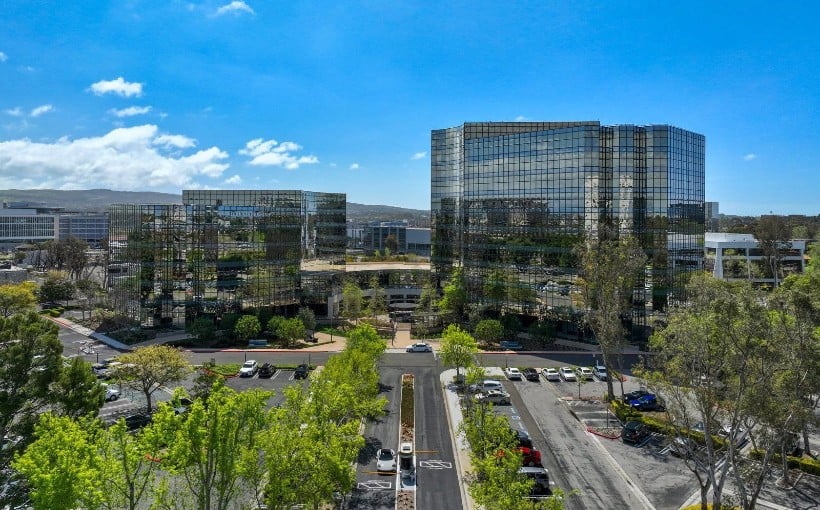A recent report released by BCG noted that the semiconductor industry is living a paradox. On one hand, chip capability advances continue supporting electrification and energy efficiencies, essential in reducing carbon emissions. However, semiconductor manufacturing also generates significant emissions which are responsible for as much CO2 output as half of U.S households according to the report.
In response to corporate and regulatory scrutiny, semiconductor manufacturers are researching solutions to decarbonize the sector according to a JLL article . The article referenced Taiwan’s pledge in February 2023 that it plans on reaching net zero carbon emission by 2050 despite potential implications on its status as world’s largest semiconductor manufacturer.
One target for environmental implementation is day-to-day facility operations; Dell’s Xiamen China facility reuses wastewater generated during chip manufacturing for landscape irrigation while Intel has set net positive water goals with successful outcomes at their US Costa Rica and India locations proving this initiative can reduce utility consumption up 30%. Retrofitting an existing facility with this type of infrastructure poses considerable challenges compared new constructions due needing additional pipes flow switches or other equipment quoted Philip Goh Executive Director SEMI Practice Lead Asia Pacific JLL in the article “New plants are built at best suitable sites with access optimum supply chain capabilities ideal infrastructure highest energy efficiency Existing plants however have adapt change quickly because technologies emerging every three five years”
Artificial intelligence could be used complement smart sensors around these facilities gathering data about capacity volume operational data but onsite teams need focus areas improvement Conducting ESG audit instance will help pinpoint potential enhancements introducing efficient lighting solutions more complex capital expenditure projects upgrading chillers exhaust fans energy efficient alternatives Goh said



